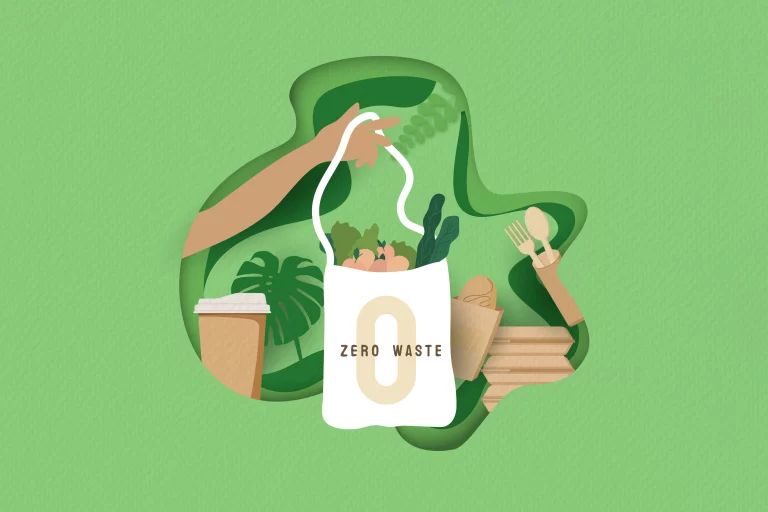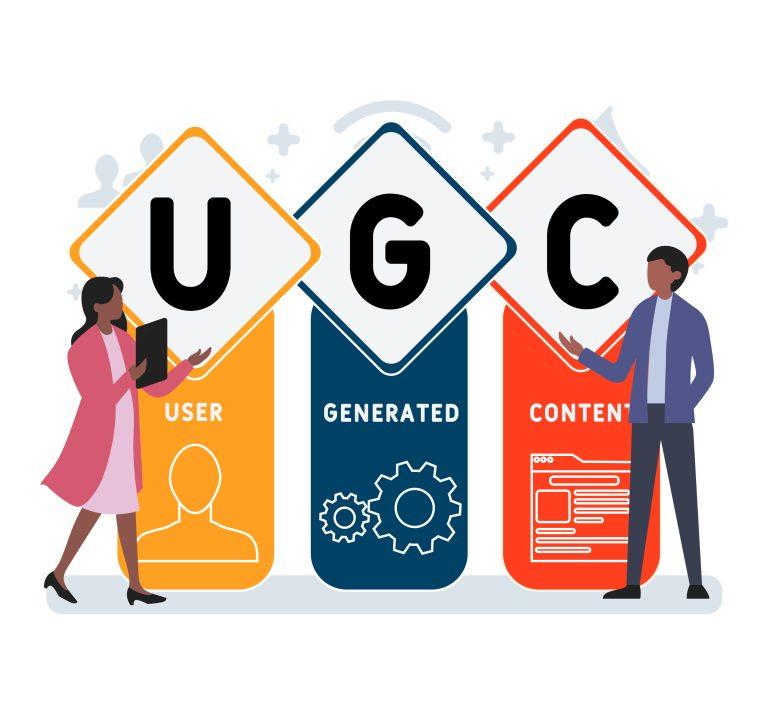We live in a time of change, and one thing is for certain: brands that adapt to the circumstances are stronger than those that don’t.
While certain elements of your brand identity, such as your logo, brand colors, and brand persona, should be immutable, how your brand interacts with consumers should be flexible and adapt to changing trends and customer perceptions.
1. Sustainability


Consumers are making extra effort to make more environmentally friendly purchases now more than ever. You have the chance to be the company that streamlines their process. First advice on branding: Put sustainability at the top of your band’s priority list.
Consumers are looking for solutions to reduce their carbon footprint since it is becoming increasingly difficult to ignore climate change. A modern customer is concerned about topics like environmentally friendly items, reusable or compostable containers, sustainable packaging, and ethical sourcing.
Think about measures to increase the sustainability of your company if you want your brand to stand out in 2022.
2. Diversity


People are sick of only seeing one human being portrayed in advertisements. It is a cause for celebration that our planet is made up of so many different races, colors, abilities, and cultural groups. It’s a breath of fresh air to see branding efforts shifting in favor of inclusivity and diversity. More people of color in your brand images and graphics, a range of body types and ages in your social media postings and advertising campaigns, and a focus on inclusive company practices for people with varied sexual and gender orientations and physical abilities are all implications of this.


Diversity: the art of thinking independently together. – Malcolm Forbes
3. Human Marketing


Removing properly edited and carefully managed images is a terrific method to improve your brand in 2022. The highlight reel is becoming boring to viewers. Although 90% of consumers say they want original content, 51% of consumers believe firms don’t offer it. As a result, there is a trend where more and more brands are using photographs that haven’t been overly manipulated to more accurately represent reality.
4. UGC


The future is in user-generated content, which is content produced by users rather than brands. Seventy-six percent of respondents to an AdWeek poll indicated they trusted material provided by “ordinary” people more than brands. UGC essentially serves as a client testimonial by showcasing the satisfaction of your customers with your goods or services. Large companies are catching on to this trend and have started to load their Instagram feed with images taken by their own clients.
5. Community


While open social media platforms dominated the 2010s, the 2020s will see a shift towards specialized communities of interest and purpose.
The next ten years will see an increase in newsletters, online communities, consumer community programs, and local events. Our fourth branding advice? Think about how you can produce community-driven content that will unite your customers if you’re seeking for a means to innovate your brand.
In business, treating your clients less like customers is sometimes the greatest approach to foster community. Think of them as your pals instead. Your strategy will change as a result of this new perspective, including the material you publish and the language you use to interact with them.
6. Stay Up-to-Date


We observe a significant movement in graphic design trends every five years or so. Visual marketing, website design trends, and social media branding are all impacted by this.
While your brand identity and logo should generally remain unchanged (unless you’re screaming for a refresh! ), marketing materials such business cards, newsletters, social media postings, product photography, and packaging should change to reflect current design trends.




